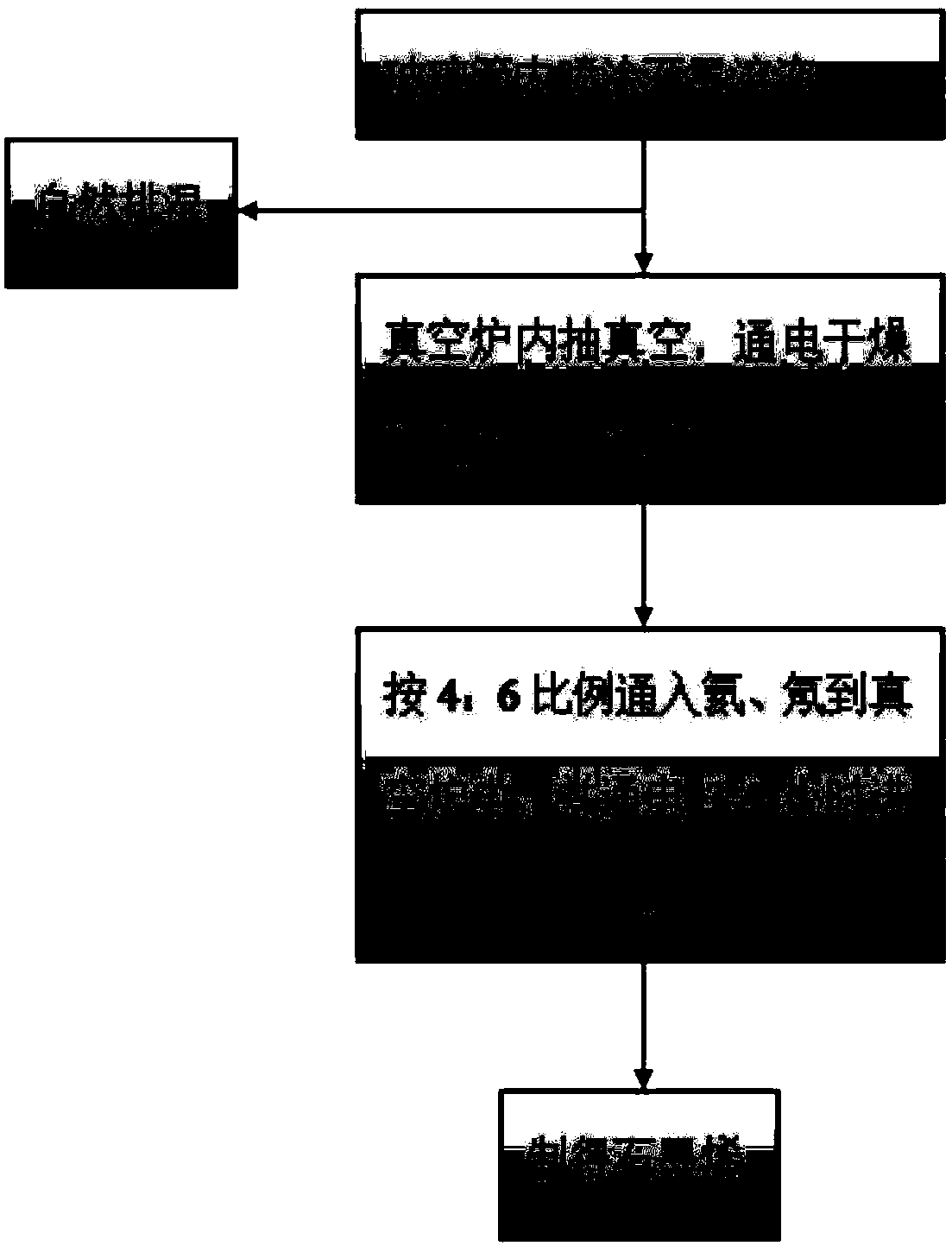A method for producing graphene using vacuum photoelectric reaction
A graphene and photoelectric technology, applied in the direction of graphene, nano-carbon, etc., can solve problems such as easy agglomeration, graphene crystal structure defects, carbon atom loss, etc., achieve good dispersion effect, save energy consumption, and increase production capacity.
- Summary
- Abstract
- Description
- Claims
- Application Information
AI Technical Summary
Problems solved by technology
Method used
Image
Examples
Embodiment Construction
[0016] The following will clearly and completely describe the technical solutions in the embodiments of the present invention with reference to the accompanying drawings in the embodiments of the present invention. Obviously, the described embodiments are only some, not all, embodiments of the present invention. Based on the embodiments of the present invention, all other embodiments obtained by persons of ordinary skill in the art without making creative efforts belong to the protection scope of the present invention.
[0017] see figure 1 , the invention provides the following technical solutions:
[0018] A method of applying vacuum photoelectric reaction to produce graphene, comprising the steps of:
[0019] A. Mix 1000-mesh graphite in ionized water and spray it on the inside of the glass tube;
[0020] B. Put the glass tube into the vacuum furnace for vacuuming, and at the same time, set electrodes before and after the vacuum furnace, and conduct photoelectric heating ...
PUM
 Login to View More
Login to View More Abstract
Description
Claims
Application Information
 Login to View More
Login to View More - R&D
- Intellectual Property
- Life Sciences
- Materials
- Tech Scout
- Unparalleled Data Quality
- Higher Quality Content
- 60% Fewer Hallucinations
Browse by: Latest US Patents, China's latest patents, Technical Efficacy Thesaurus, Application Domain, Technology Topic, Popular Technical Reports.
© 2025 PatSnap. All rights reserved.Legal|Privacy policy|Modern Slavery Act Transparency Statement|Sitemap|About US| Contact US: help@patsnap.com

